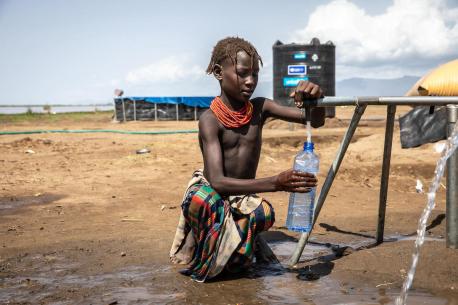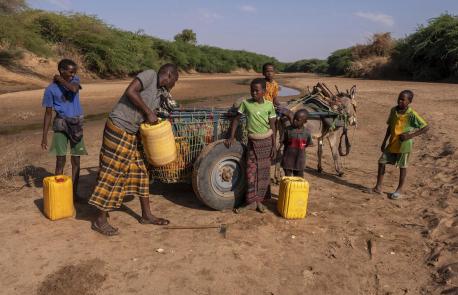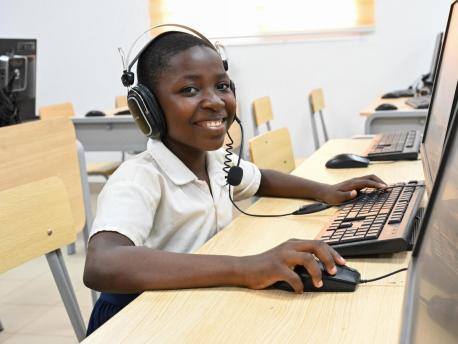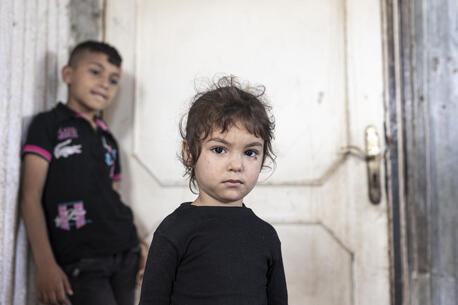
Tackling Child Poverty Around the World
UNICEF works with governments and other partners to address the impacts of poverty on children and to mitigate poverty-related risks to their health, education and well-being. A look at recent and ongoing efforts in Lebanon, Yemen, Madagascar and other countries.
There are roughly 333 million children in the world who are living in extreme monetary poverty, surviving on less than $2.15 per day.
Millions more are living in multi-dimensional poverty, which means they lack at least two of life's basic essentials: sufficient shelter, a home with enough heat, nutritious food. For many, it means working for a living, and having no time or freedom to play with peers, learn or go to school.
Half of the world's 1.2 billion people living in multidimensional poverty are children under age 18
With the adoption of the Sustainable Development Goals (SDGs), the world agreed to end extreme poverty, everywhere, in all its forms, by 2030. And while progress is being made — globally, 50 million fewer children were living in extreme poverty in 2022 compared to 2013 — global efforts are not on track to meet SDG targets.
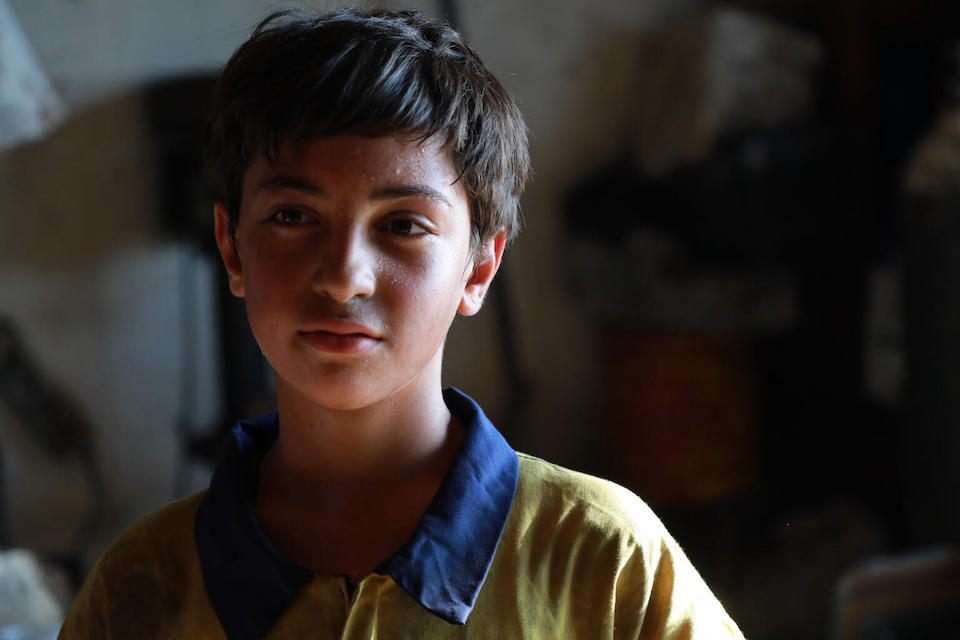
UNICEF works with governments and other partners to tackle the impacts of poverty on children and to mitigate poverty-related risks to their health, education and well-being by:
- advocating for and supporting the implementation of social policies and programs that help families lift themselves out of poverty
- providing technical expertise to help measure, monitor and report on child poverty, to better inform government policy design and implementation
- building regional, national and global partnerships to foster greater collaboration across all sectors (public, private, civil society) working to ensure every child has an equitable chance in life
Here are a few examples of UNICEF's poverty work around the world.
Cushioning the devastating impacts of Lebanon's economic crisis with cash assistance
All regions in the world have seen a steady decline in extreme poverty rates — except for sub-Saharan Africa, the Middle East and North Africa regions.
In Lebanon, a UNICEF-supported cash assistance program called Haddi has been providing support to eligible families since 2021, helping to cushion the devastating impacts of the country's economic crisis. Beneficiaries include Lebanese, Syrian and Palestinian households with children at risk of child labor or child marriage, children with disabilities, children lacking access to education and children needing nutrition support.
An evaluation of the program conducted in 2022 found that even relatively small monthly cash payments — $40 for one child, $60 for two children and $80 for three or more children — can have an immensely positive impact on children's lives, improving food security, household spending on basic services and overall support and care. Families receiving assistance were 14 percent less likely to reduce either the size or number of their meals.
UNICEF is now leveraging the success of the Haddi program to influence other cash assistance programs.
In a separate effort, UNICEF supported a public communications and advocacy campaign highlighting the short- and long-term impacts of multi-dimensional child poverty, to bring more attention to the issue and to generate public support for the economic and policy reforms needed to address child deprivation in Lebanon.
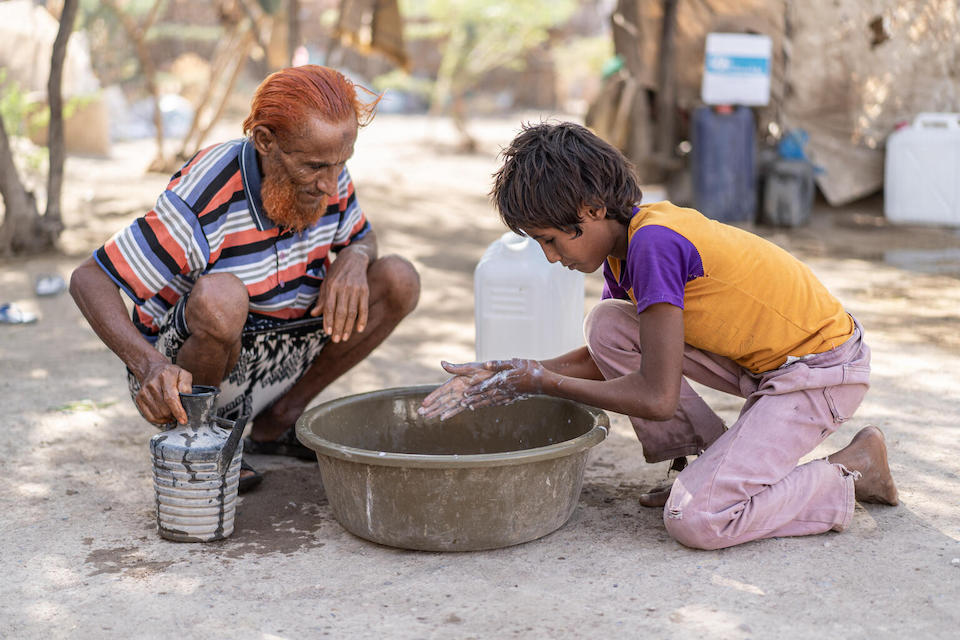
Generating evidence to inform social policy in Yemen
An estimated 1 in 3 children in countries affected by conflict and fragility live in extremely poor households, compared to 1 in 10 in non-fragile states. UNICEF supports governments in several countries, including fragile contexts, with child poverty-related policy analysis.
In Yemen, for example, UNICEF supported the government in preparing and publishing editions of the Yemen Socioeconomic Update, a key national source of information on socioeconomic issues affecting programming for children living in poverty.
Evidence generation of this kind, along with communications and advocacy support, helps advance key policy decisions and initiate or expand programs across social sectors, including social protection, that can effect meaningful change for children already living in poverty and those who are vulnerable to it.
Addressing malnutrition and child poverty in the Horn of Africa
Sub-Saharan Africa carries the highest burden of children — 40 percent — living in extreme poverty, and accounts for the largest share increase in the last decade, jumping from 54.8 percent in 2013 to 71.1 percent in 2022.
Rapid population growth, limited existing social protection measures and challenging global trends – conflict, climate-related disasters and the lingering effects of the COVID-19 pandemic – are all leaving more children across the region vulnerable to poverty.
Social protection measures play an especially crucial role in achieving a wide range of positive outcomes for children by addressing poverty as a root cause of various deprivations – including food scarcity.
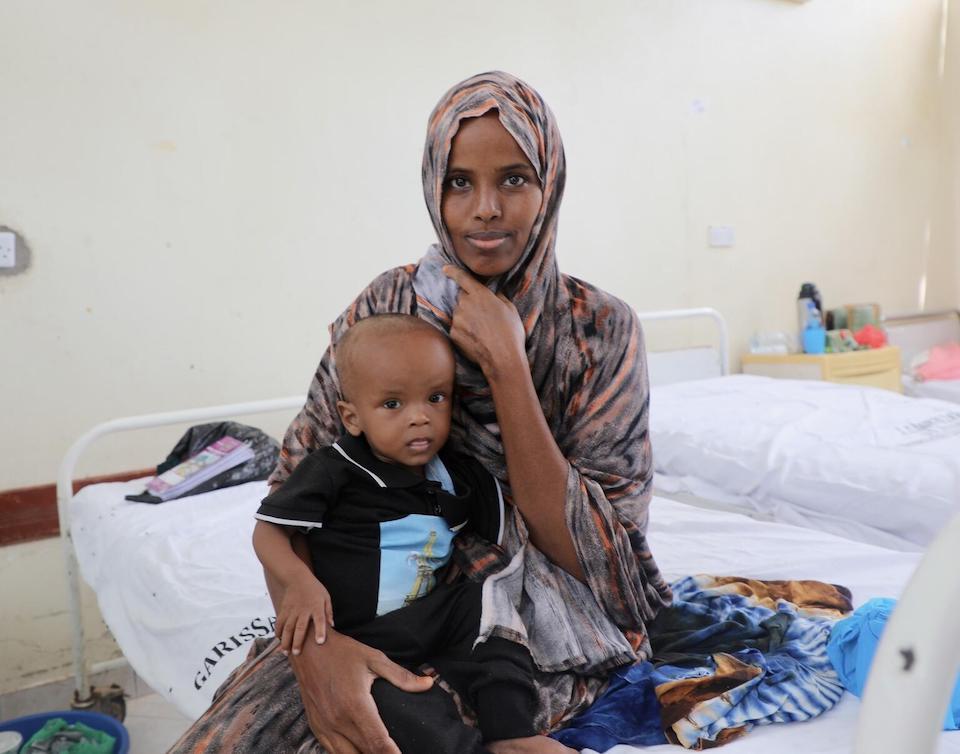
As many countries faced food and nutrition crises due to food price inflation and child poverty in 2022, UNICEF launched No Time to Waste — an initiative that mobilizes resources for 15 countries with the highest rates of child malnutrition, including Ethiopia, Kenya, Somalia, South Sudan and Sudan. The initiative includes cash transfers as part of a minimum package of interventions.
Keeping girls in school in Madagascar
Children living in poverty are less likely to have access to education. If they are in school, they are at higher risk of dropping out.
One effort to address the poverty gap in education is the UNICEF-supported Let Us Learn initiative, which focuses on supporting children transitioning to secondary school in Afghanistan, Bangladesh, Liberia, Madagascar and Nepal.
In Madagascar, one of the poorest countries in Africa, cash transfers led to a 7 percent increase in enrollment among students — particularly girls — aged 11 to 14. With the cash assistance, families were able to cover mandatory school fees.
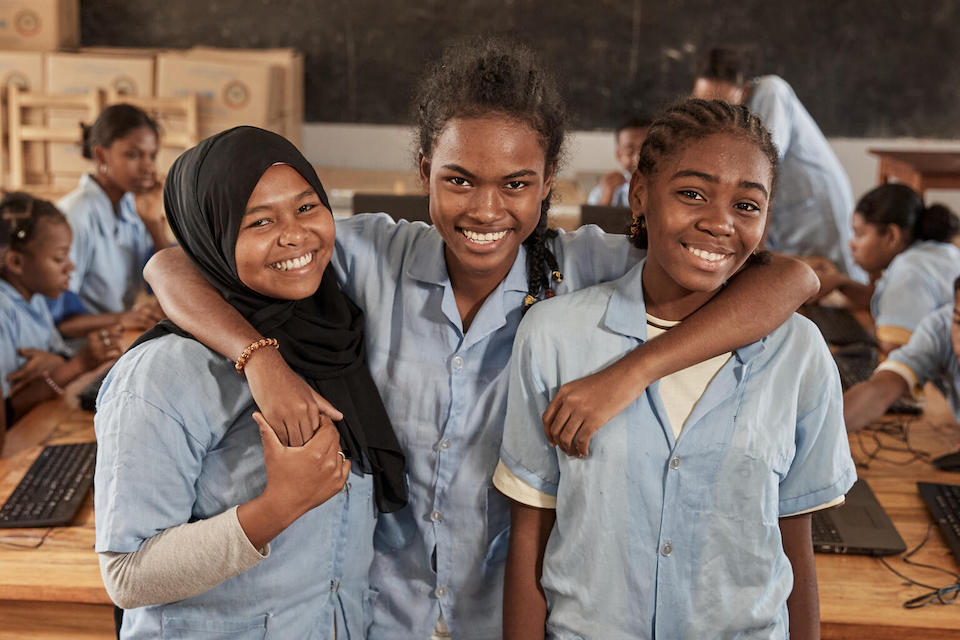
Learn more about how UNICEF is working with partners to end child poverty and mitigate its impacts.
UNICEF remains steadfast in its commitment to reversing critical setbacks in child poverty eradication, and realizing the rights of all children, everywhere. Your contribution can help UNICEF build a world where every child has what they need to survive, thrive and fulfill their true potential — free from the constraints of poverty. Donate today.
HOW TO HELP
There are many ways to make a difference
War, famine, poverty, natural disasters — threats to the world's children keep coming. But UNICEF won't stop working to keep children healthy and safe.
UNICEF works in over 190 countries and territories — more places than any other children's organization. UNICEF has the world's largest humanitarian warehouse and, when disaster strikes, can get supplies almost anywhere within 72 hours. Constantly innovating, always advocating for a better world for children, UNICEF works to ensure that every child can grow up healthy, educated, protected and respected.
Would you like to help give all children the opportunity to reach their full potential? There are many ways to get involved.



